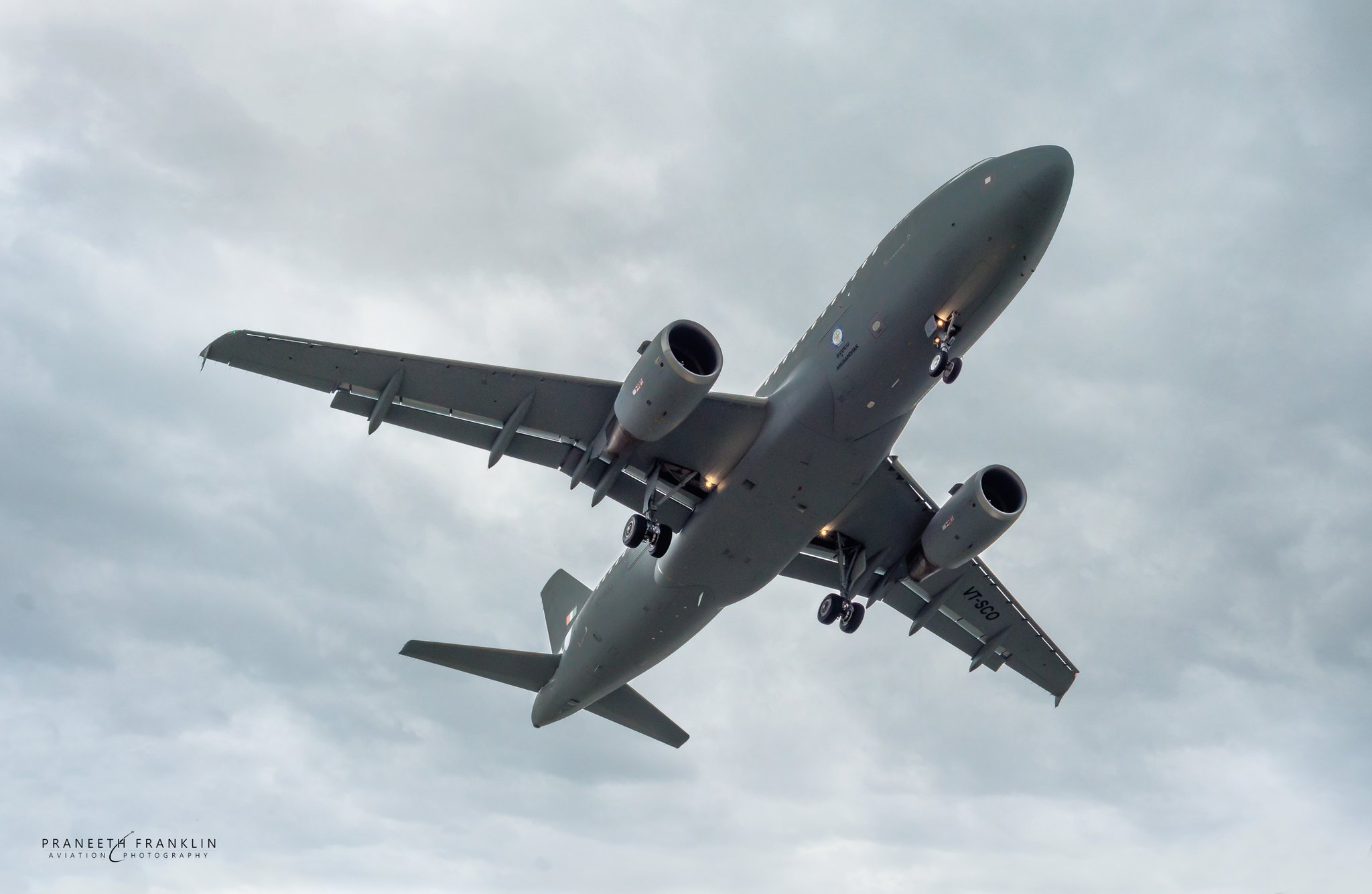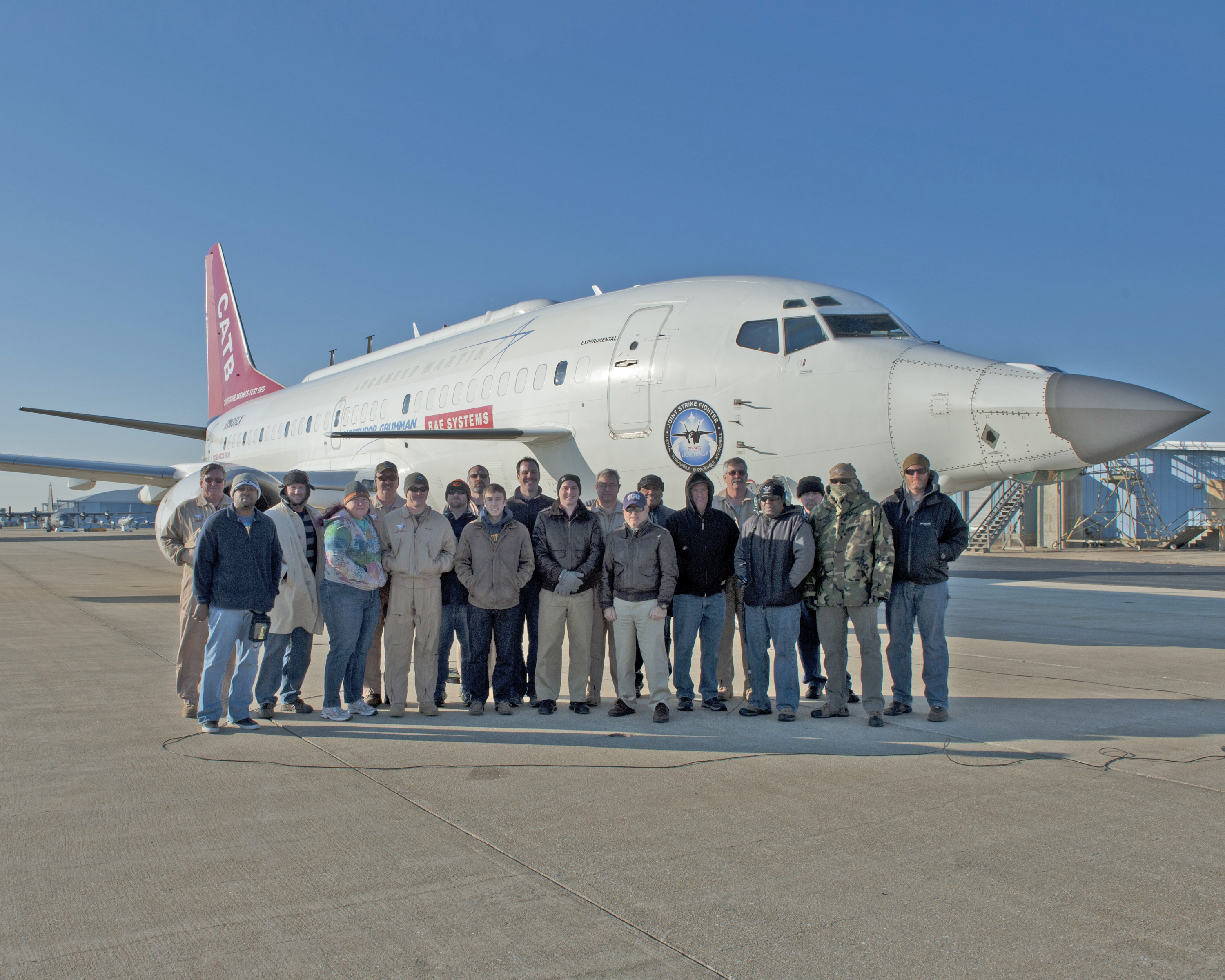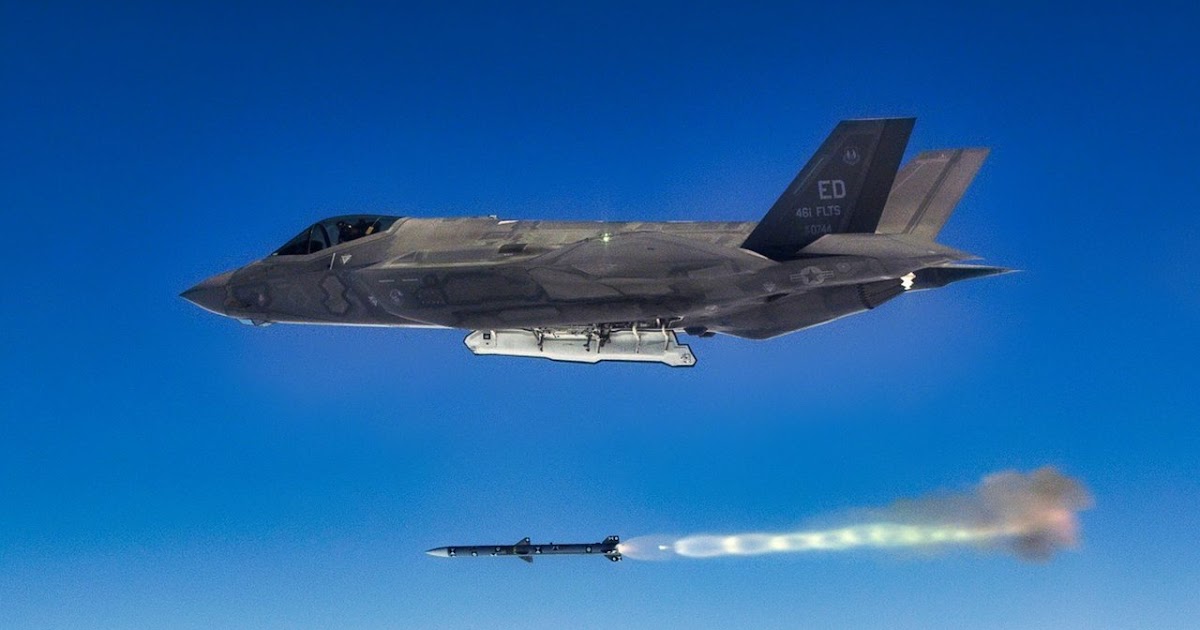AGENDA - AMCA's SUPERCRUISE
Different people speculate AMCA to Supercruise b/w Mach 1.2-1.4 with F414 engines & Mach 1.5-1.6 with JV engine producing 75 KN dry thust.
> On one side we have Mother Nature's unbeatable laws of PCM putting limits of performance -
higher drag, higher KE required, higher complexity design.
> On the other side we have
global engineers pushing for Speed (both cruising & maximum) -
Turboprop -> Turbojet/fan -> Ramjet -> Turbo-Ramjet -> Variable cycle adaptive engine
> KE required increases as square of velocity, looks like panic, but comes from Calorific value of researched fuels with secret sauce

& ingredients - small volume but big kick

, especially after compression.
> Currently SuCr is attached to Turbo-jet/fan, considered an "overkill", inefficient, gimmick, etc by many as per Performance studies on engine types. Some would say it is war-time mode/feature which it is.
But if nations're already prepared to do it in war-time since 3 decades & will continue in future also then what can civillians do?
Supercruise provides ability to -
- launch weapons to have higher range w/o increasing IRS of jet.
- Intercept targets better.
- Evade enemy's weapon.
In peace time, fighter jets fly subsonic due to multiple reasons -
- Sonic booms disturbs residential areas.
- Fuel efficiency. Typically, less/more throttle means less/more fuel flow means less/more thrust/speed/distance flown.
Jet engines like Turbo-jet/fan have their efficiency boundaries but still since decades scientists & engineers are working on
better airframe design & engine to use same amount of fuel but achieve higher thrust/speed/distance travelled.
> Given any engine with an inlet diameter, it is upto designer how much thrust can be squeezed out. Engineers either do not know that limit or it is above top secret.
> 2 same jets with different wing & fuselage design but with same # & type of engine(s) will have different performance.
If we take 3 Supercruising jets -
F-22 (SuCr M 1.8), Rafale (SuCr M 1.4), EF-2000 (SuCr M 1.5) & their engines
F119, M-88-2, EJ-200 & compare with
F414 then it is very difficult to find governing reason resulting in max dry thrust bcoz there are many permutations & combinations of individual engine parts design & performance.
I created a graph, manipulating the values up/down to bring the graph lines closer to visually compare better:
We see that -
> Turbine inlet temp. is a very low slope line. It takes a dip with EJ-200.
> Inlet diameter, inlet area, engine weight, volume, air mass flow show identical increasing trend.
> But, Engine length, dry thrust, dry T/W ratio, dry T/Vol ratio, Bypass ratio take a dip with F414.
So the
big dip in Bypass ratio might have impacted dry thrust & then dry T/W ratio, dry T/Vol. ratio.
I wonder if engine length also influenced it.
> # of compressor & turbine stages take a dip with EJ-200. This could have affected compression ratio also.
> F119's # length, inlet dia/area, body volume, weight, air mass flow jumps obviously.
But # of stages, compression ratio, fuel SFC, take a BIG dip but impacting its dry T/W & T/Vol ratios
STILL its dry thrust is like DOUBLE.
Fuel consumption is measured in units like
g/KN/s or lb/lbf/hr, called
SFC or Specific Fuel Consumption. But different people can use different metrics like fuel used as per airframe weight, distance travelled, etc.
F-22's F119 engine's SFC with
inlet dia. 100cm at 100% power (116-120.3 KN) is around 17 g/KN/s.
2 engines, so
F-22 SFC is 34 g/KN/s at 100% power &
Sup.Cr. Mach 1.5-1.8 (514.5-617.4 m/s).
So 3.94-4Kg/s fuel for covering 514.5-617.4 m/s or
128.6-156.7 m/Kg or 6.38-7.77 gm/m.
Empty weight 19.7 T + 50% fuel 4.1 T + full IWB 8 AAMs 1.1 T = 24.9 tons
Airframe T/W ratio at 100% power = 2x(116 to 120.3)/9.8 /24.9 =
0.94 to 0.98
Fuel per ton = (3,940-4,000)/24.9 =
158.23-160.64 gm/s/T.
50% fuel 4.1 tons while supercruise will be depleted in 1,025-1040 seconds or 17-18 minutes covering 527-642 Kms.
GE F-414 engine's SFC with
inlet dia. 79cm at 100% power (57.8-61.83 KN) is 20.5-23.25 g/KN/s depending upon model. 75 KN JV engine is planned.
2 engines, so
AMCA SFC will be 41-46.5 g/KN/s at 100% power.
So
2.37-2.87Kg/s fuel will be used.
AMCA empty weight 12 T + 50% fuel 3.25 T + 4 Astr MK3 SFDR 0.88 T =
16.13 tons
T/W ratio at 100% power = 2x58/9.8 /16.13 =
0.73
Fuel per ton = (2,370-2,870)/16.13 =
146.93-177.92 gm/s/T.
let's assume that with 0.73 T/W AMCA can also supercruise at M 1.2 (411.6 m/s).
50% fuel 3.25 tons while on supercuise will be depleted in 1,132-1,371 seconds or 18-23 minutes covering 466-564 Kms.
When
new engine with 75 KN dry thrust will be available then
hopefully 6 AAMs will be carried.
T/W ratio at 100% power = 2x75/9.8 / (16.13 + 0.44) =
0.92
Then hopefully AMCA will supercruise around M 1.5
Rafale's M-88-2 engine's SFC with
inlet dia. 70cm at 100% power (50KN) is 22.14 g/KN/s.
2 engines, so
Rafale SFC is 44.28 g/KN/s at 100% power &
Sup.Cr. Mach 1.4 (480.2 m/s).
So 2.21 Kg/s fuel for covering 480.2 m/s or
217.28 m/Kg or 4.6 gm/m.
To go this extra 59 m/Kg-fuel Vs F-35, the SFC is increased from 20.3 to 22.14 g/KN/s.
EF-2000's EJ-200 engine's SFC with
inlet dia. 74cm at 100% power (60 KN) is 21-23 g/KN/s.
2 engines so
EF-2000 SFC is 42-46 g/N/s at 100% power &
Sup.Cr. Mach 1.5 (514.5 m/s).
so 2.52-2.76 Kg/s fuel for covering 514.5 m/s or
186.41-204.16 m/Kg or 4.9-5.36 gm/m.
So we see that
Rafale with empty design weight 8.5 T, 492 sqft clipped delta wing & 50KN engine can supercruise at M 1.4
but F-18E/F with empty design weight 14.5 T, 500 sqft. trapezoidal wing & 58 KN engine cannot due to 6T weight increase due to carrier-ops MLG & other things & higher drag wing.













